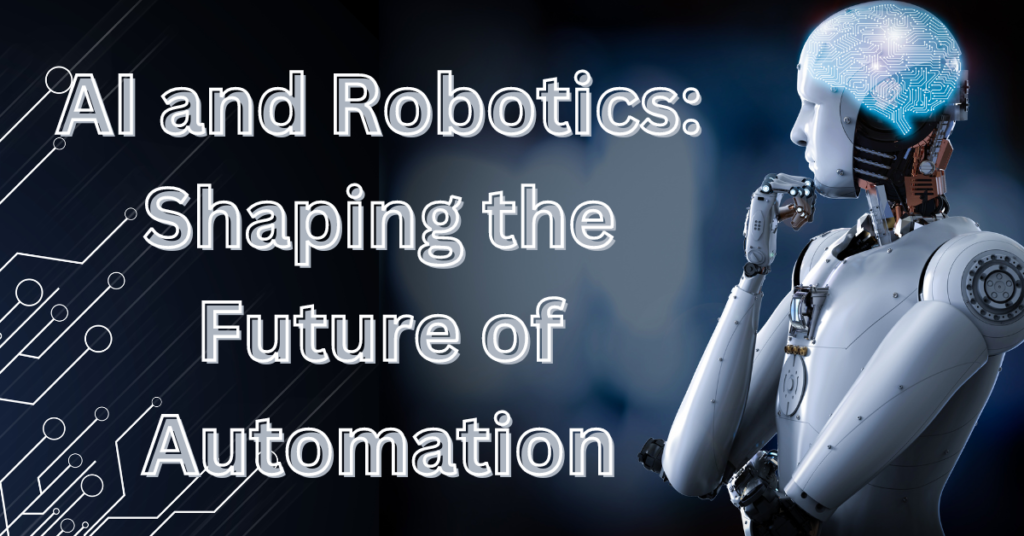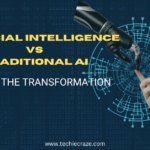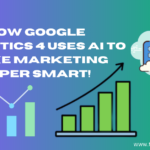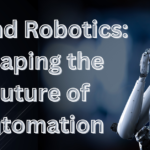In the realm of technological advancements, artificial intelligence (AI) and robotics have emerged as two of the most transformative forces, propelling us into a future where automation reaches unprecedented levels. As these technologies continue to evolve and integrate into various aspects of our lives, they reshape industries, revolutionize processes, and redefine how we work and live. In this article, we delve into the profound impact of AI and robotics on the future of automation.
The Synergy of AI and Robotics
People often view artificial intelligence and robotics as separate entities, but their convergence is proving to change the game. AI imbues robots with the ability to learn, reason, and adapt to new situations, granting them a level of autonomy that was once thought impossible. Robots can analyze data, make decisions, and optimize their performance over time through machine learning and neural networks.
Additionally, The fusion of AI and robotics enables robots to transcend their preprogrammed limitations, evolving into adaptable and versatile entities capable of complex tasks. For instance, collaborative robots, or cobots, are designed to work alongside humans, enhancing productivity and safety in manufacturing, healthcare, and logistics industries.
Revolutionizing Industries
AI and robotics are ushering in a new era of industrial transformation. Manufacturing, in particular, is undergoing a paradigm shift with the introduction of smart factories. These factories leverage AI and robotics to create highly efficient, flexible, responsive production lines. Robots with AI-driven vision systems can inspect and detect defects in real time, reducing waste and ensuring product quality.
The healthcare sector is also benefiting from these technologies. Surgical robots, guided by AI algorithms, enhance precision and enable minimally invasive procedures, ultimately leading to shorter recovery times and improved patient outcomes. Additionally, AI-powered diagnostic tools assist healthcare professionals in interpreting medical images and identifying patterns that the human eye might miss.
Challenges and Considerations
While AI and robotics have immense potential, their integration into various domains is challenging. One of the major concerns is the displacement of human workers. As automation becomes more prevalent, there is a need to address the potential for job loss and prepare the workforce for new roles that emerge alongside these technologies.
Ethical considerations also come into play, especially in fields like autonomous vehicles and military robotics. Decisions made by AI systems and robots can have real-world consequences, raising questions about accountability and transparency.
Paving the Path Forward
To fully harness the potential of AI and robotics in shaping the future of automation, several key steps must be taken:
Investment in Research and Development: Continued investment in research and development is crucial to advancing AI and robotic capabilities. This includes developing more sophisticated algorithms, improving hardware, and exploring novel applications.
Education and Training: Preparing the workforce for the digital era is paramount. Education and training programs should focus on cultivating skills that complement automation, such as problem-solving, creativity, and critical thinking.
Regulatory Frameworks: As AI and robotics become increasingly integrated into society, clear regulatory frameworks must be established to ensure the responsible development and use of these technologies.
Ethical Guidelines: Developers and researchers should collaborate to define ethical guidelines for AI and robotics, addressing concerns related to bias, privacy, and accountability.
Collaboration between Humans and Machines: Embracing a collaborative approach between humans and machines, where each complements the strengths of the other, can lead to more innovative and efficient outcomes.
Conclusion
In conclusion, the convergence of AI and robotics is reshaping the automation landscape, offering unprecedented opportunities to revolutionize industries, enhance efficiency, and improve lives. While challenges exist, with thoughtful planning and collaboration, we can navigate this transformative journey and pave the way for a future where humans and machines coexist harmoniously to shape a more automated and intelligent world.
FAQs
Artificial Intelligence (AI) plays a pivotal role in shaping the future of automation by enabling machines to mimic human cognitive functions such as learning, problem-solving, and decision-making. Through advanced algorithms and machine learning, AI systems can analyze vast amounts of data, adapt to changing conditions, and optimize processes, thus revolutionizing industries like manufacturing, logistics, healthcare, and more.
Robotics and AI complement each other to enhance automation capabilities. AI gives robots the intelligence to perceive and respond to their surroundings, enabling them to perform tasks with adaptability and precision. Conversely, robotics provides the physical platform for AI to interact with the real world. This synergy leads to the development of smart robots that can perform complex tasks autonomously, making automation more efficient and versatile.
The benefits of AI-driven automation include increased efficiency, reduced human error, cost savings, and improved scalability. It can also tackle mundane tasks, freeing human resources for more creative and strategic endeavours. However, challenges include concerns about job displacement, ethical considerations surrounding AI decision-making, data privacy, and the need for specialized skill sets to manage and maintain AI systems. Balancing these benefits and challenges is crucial for the responsible and effective implementation of AI-driven automation.








